Infrared thermographic imaging is the without a doubt the best technology in the home and buildings inspection industry today. There are overwhelming reasons why it should be included in any home or building inspection that anyone might be conducting. The infrared thermographic inspection involves the use of infrared imaging cameras.
One of the most outstanding things about infrared imaging is that it encompasses almost all aspects of inspecting a building. The technology will inspect all the systems in a building as well as the structural integrity of the building itself.
In order to put into perspective why infrared imaging should be part of your inspections, let’s explore how the technology works. Below, we will get into the nitty-gritty of the principle applied, and how the imaging camera works. We will also explore the process of infrared inspections. The information will help you understand why infrared imaging is taking over the industry.
What is Infrared Imaging?
If you have not heard the term before, you will most likely wonder what it has to do with home inspections. It has a lot of importance in the home inspections industry today. Infrared imaging, as the name suggests, involves capturing images of heat differences of adjacent objects and surfaces. To better understand this, let’s explore some scientific facts.
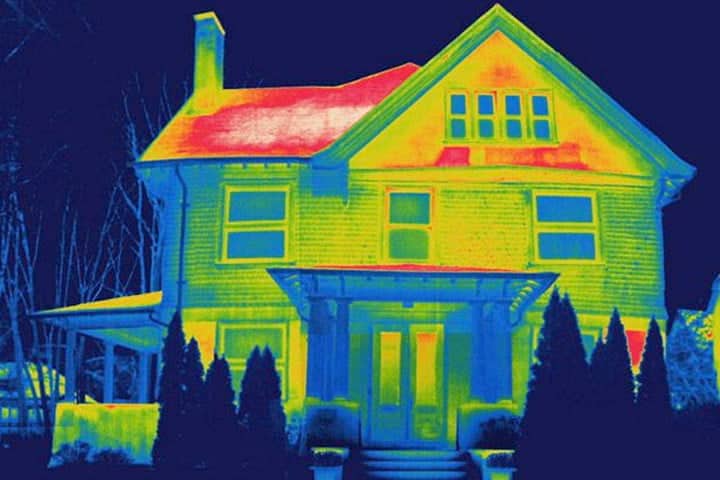
All objects have the capacity to absorb or emit heat depending on the prevailing temperature conditions around them. This heat capacity is different for different objects. As such different objects often hold different temperatures even when they are in the same conditions. The heat transfers, either absorption or emission, occur in the form of movement of infrared rays. Basically, each object has a certain level of infrared emissivity, and the intensity of this emissivity is reflective of the temperature of that object.
An infrared inspection takes advantage of these heat differences. An infrared imaging camera is used to capture the different infrared emissivity. It uses the emissivity to calculate the temperature of the object and display it on a screen. On the same screen, it shows a heat map with different colors which depict different temperatures. The colors range along the wavelength spectrum.
Infrared Inspection
The infrared imaging technology is quite applicable to home and building inspections in that it images the different temperatures of the different sections of the home. Inspectors use the cameras to read the temperatures and capture heat map images. It is these reading and images that they use to detect faults in the systems being investigated.
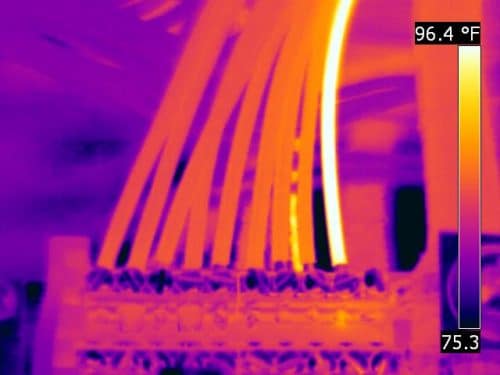
Take for instance the insulation system. Its main purpose is to ensure the conditions inside the house remain as desired. However, the insulation in your home might start leaking, causing you to incur high heating or cooling bills. Insulation leaks are not easy to detect, and most inspections would miss them. Not infrared thermographic inspection though. The infrared thermographic imaging camera captures, warm air oozing off of the leaks. All the leaks are easily caught and repaired.
The same principle applied when other systems such as electric and plumbing are being inspected. The technology is even used to inspect homes and building for parasites. Whatever process of inspection your agency has, you have to include infrared inspection if you want to remain relevant in the industry. We are now going to explore the various reasons why infrared inspection should be your main selling point.
Accuracy and Efficiency
No other method of home and buildings inspection can claim to deliver the same accuracy and efficiency that comes with infrared inspections. Infrared imaging cameras have continued to improve over the years. Modern cameras are producing a more accurate reading, and sharper images and footage. Better and more sophisticated imaging cameras are still being developed.
As mentioned earlier, infrared imaging cameras read temperatures by contrasting temperature differences. Efficient cameras are able to pick very subtle temperature differences. When these differences are very clear, it becomes very easy for the inspectors to pick out abnormalities and detect faults.
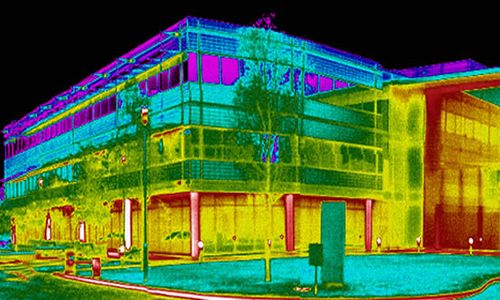
The overall accuracy and efficiency of the process are dependent on a couple of factors. The quality of the imaging camera, the expertise of the inspector, and the process of inspection. There are many infrared imaging cameras on the market. You need to understand what makes a good infrared imaging camera. Below are some quick aspects of a good infrared imaging camera.
- The camera should have a wide range of temperature measurements
- It should be highly sensitive to temperature differences
- It should produce clear and sharp heat map images
- It should have ample storage space
- It should have convenient file transfer methods
These factors have a lot to do with the accuracy and efficiency of the work done by the camera. First, a sensitive camera that produces high-quality images will give you accurate temperature readings. The storage space and file transfer features enable the inspector to seamlessly capture and record images and footage, which are then analyzed to prepare an inspection report. The final results are like to be much more accurate if the whole of this process is seamless.
Inspectors also play a big role in ensuring the end report is accurate. In as much as infrared thermographic inspection is not rocket science, experience and expertise play a huge role. It is needed in large inspections that involve commercial premises and establishments such as factories. Inspectors always know what they are looking for, and are more likely to not miss faults in the systems being investigated.
If you have an inspection agency, it is best that you recruit experienced inspectors, or train those that you have recruited to ensure they have the required expertise. It is also quite important that you all learn the best practices of infrared inspections, and optimize your processes. Processes can be unique depending on the kind of equipment you have, but results should be the same. They should be accurate and a true reflection of the state of the house or building.
Infrared inspections make room for the optimization of equipment and processes, and therefore offers the best chance of getting the most accurate results. In as much as coming up with effective processes might be a headache at the beginning, but will save you a lot of time and resources once it has been streamlined.
Infrared Inspections Are Safe
There is no other method of inspection that is as safe as infrared imaging. In the discussions above, we’ve mentioned that the inspection is carried out with an imaging camera. In other terms, it is a non-contact method of inspection. The camera does not have to come into contact with any object or surface whose temperature is being measured. To this into perspective, let’s explore a case scenario of inspecting an electrical system in a factory.
The electrical systems in a factory carry huge amounts of electric current. They are obviously connected to huge loads that require a lot of power. Such systems are very dangerous and require to be handled with caution. Some of the systems carry hundreds of kilovolts, and a single mishap is all it would take for things to turn ugly. Note that inspection of such systems is only effective when they are live.

Infrared thermographic inspections are the only kind of inspection that allows you to read the temperature and observe the condition of electric parts from a safe distance. Any other kind of inspection would require you to get closer to the various electrical components while they are live. An infrared imaging camera will check temperatures and clearly show the faulty components from meters away.
Basically infrared thermographic inspections will never require you to put yourself in harm way in order to get correct temperature readings. If you are inspecting roofs, you do not necessarily have to climb up the roof to conduct the inspection.
Ultimately, while coming up with the inspection process for your agency, you must include safety guidelines. Also, ensure your workers take time to recap and refresh their understating of the safety measures. Also, the workers are able to faster and more efficiently if they are not constantly worried about their safety.
The other impressive aspect of this non-contact inspection method is that it causes no interruptions or downtimes. Take the case of commercial premises and factories, due to the dangers involved with the other inspection methods, the electrical systems in such establishments might have to be shut down for the inspection to be carried out.
That is not necessary with the infrared thermographic inspection. As mentioned above, nobody has to get close to live conductors and electrical components. In any case, the inspection is only effective when the electric components being investigated are live. Defective electrical components are detected because they get hot than normal, while current is flowing. This difference in temperature is easily captured by the infrared imaging cameras. The camera will show the various components that are under stress and need to be replaced.
All this means that apart from being safe, infrared thermographic inspections also help commercial establishments to avoid down times and losses. Such establishments are subjects to regulations that require them to be inspected more frequently than any other ordinary building. The would be significant losses if they had to halt their operations every time an inspection is to be conducted.
Regulations and Insurance Requirements
The demand for infrared thermographic inspections has been steadily rising, and it will continue to rise. More and more jurisdictions are requiring house and buildings to undergo this type of inspection to ensure they are up to standards. More people have confidence in infrared thermographic inspections than any other kind of inspections.
Many people will require infrared thermographic inspections while buying a home, or while trying to sell one. Infrared thermographic inspections reports are now being put up on listings, just to attract more people to buy the property. Ultimately, nobody wants to buy a home whose condition they are not sure of, and there is no better way to ascertain the condition of a home than through infrared thermographic inspections.
The other very pertinent issue is that insurance companies are now requiring homeowners to submit infrared thermographic inspection reports of their homes. They are using these reports to determine the premiums they have to pay every month to insure their homes. Obviously, a positive report will attract lower premiums. You can get the inspection done on your home, identify the faults that are there, have them repaired, and then apply for insurance.
Inspecting Your Own Home
As mentioned earlier, infrared thermographic inspections are not rocket science. If you just need to inspect your own home, there is no reason you should not be able to do exactly that. That applies to people with houses that are not too large. You just need a basic understanding of how the infrared imaging camera works, and how the various structures in your home are constructed.
When the infrared imaging technology was unveiled, it was a preserve of large companies and factories. The equipment and process involved was too expensive for individuals and to be carried used on small buildings. However constant improvements have made the technology available for everyone. You can just go and purchase an infrared imaging camera, and start inspecting your own home. The cameras are also available in various online stores.
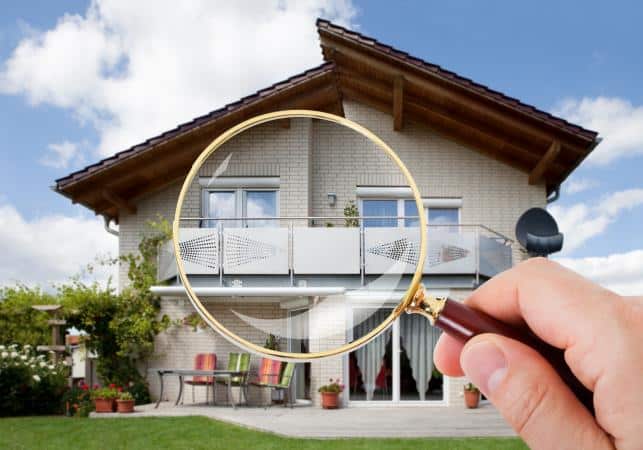
It is important that you get your house inspected by a professional once in a while though. Professional inspectors have the expertise to catch every other fault that might be in your system. Also, if you are required by authorities to have the inspection done, they will only accept an inspection report from professional inspectors.
We could go on and on about why infrared thermographic inspections should be part of your inspection process. The bottom line is, home and building inspections nowadays are all about infrared thermographic inspections. Any inspection agency that is conducting inspections with any other means is outdated. As a property owner, you should insist on inspectors that use this impressive technology, so that you can get an actual picture of the state of your building.

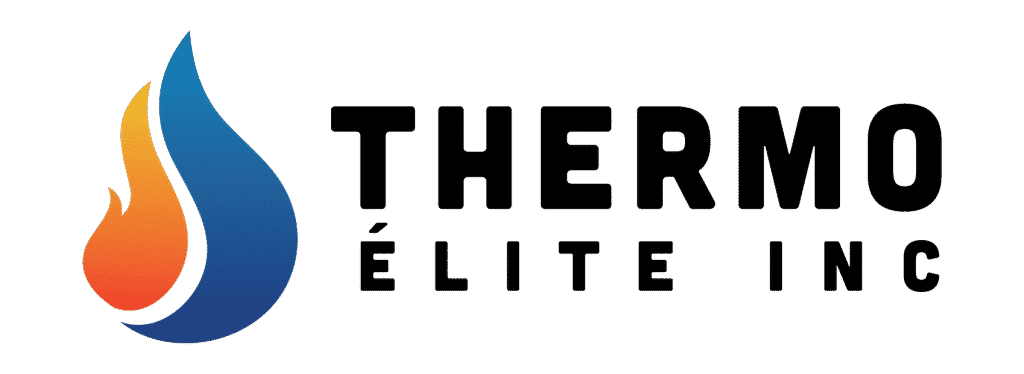
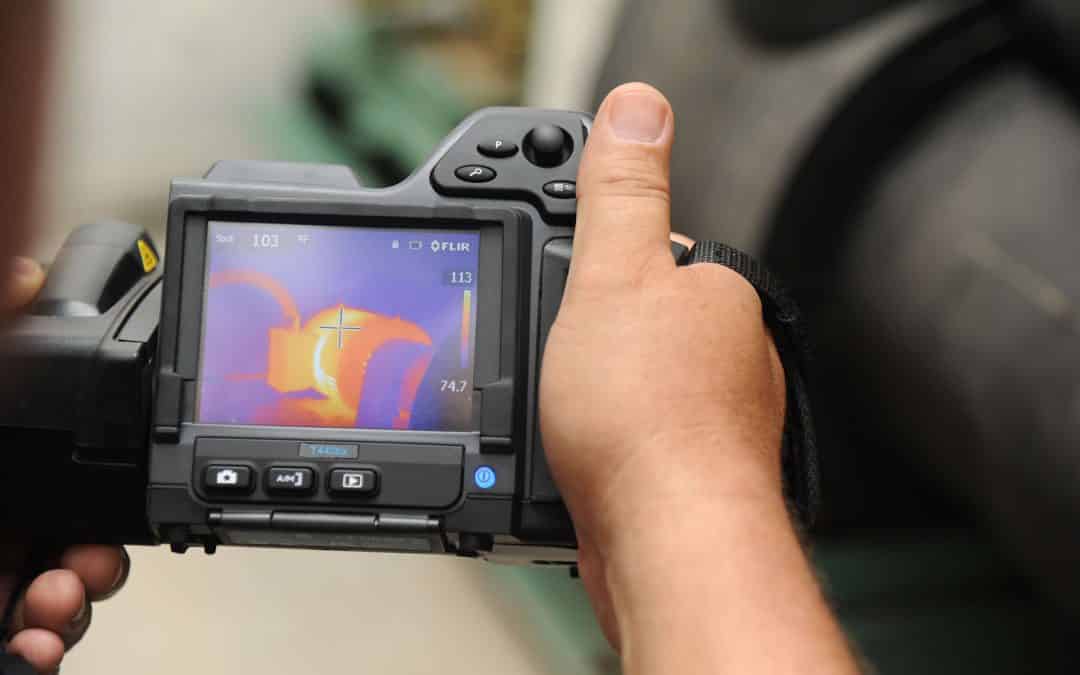
Add Comment